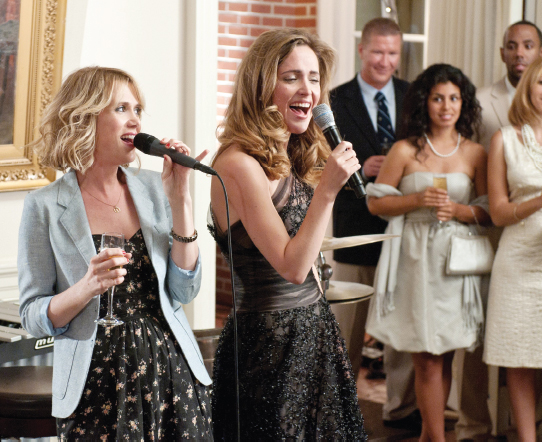Using Language to Express Creativity

What do Katniss Everdeen, George Michael Bluth, Wonder Woman, and Sherlock Holmes have in common? Each is the product of the imagination of a writer or storyteller. And regardless of whether they were conceptualized as part of a novel, comic book, screenplay, or television series, each character and his or her story are primarily expressed through language.
Imagining is probably the most complex functional competency. It is the ability to think, play, and be creative in communication. Children imagine by pretending to be a superhero. Adults imagine, too. The way a song is worded, the way a play is scripted, and the way special effects coordinate with the message delivered in a film—